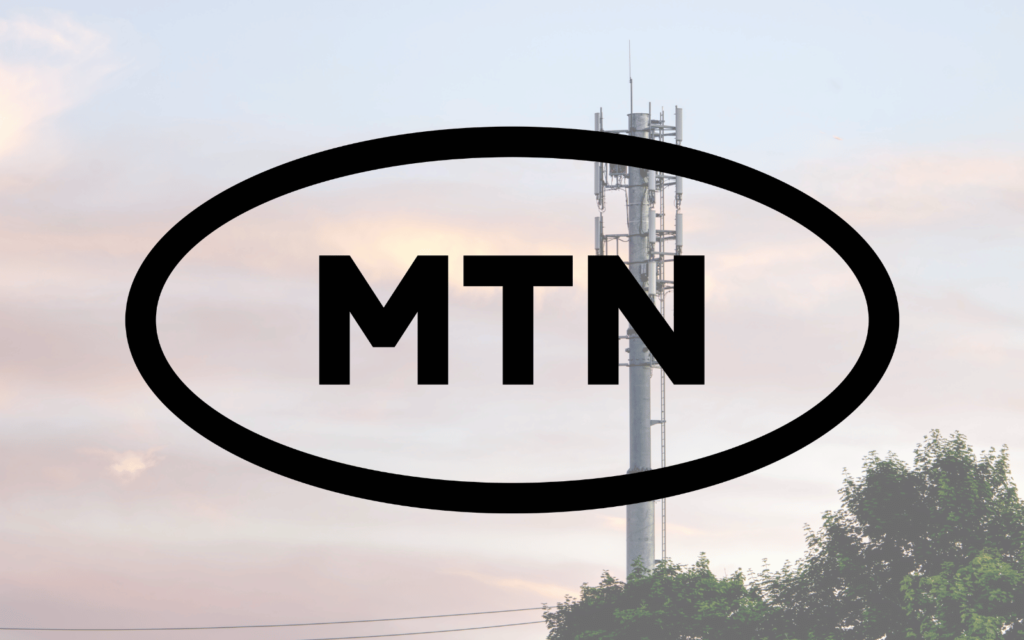MTN South Africa, along with every other business, has suffered major blows in the fight against load shedding. The company estimates the total value lost to load shedding is R695 million, according to the group’s annual results for 2022.
Taking on Eskom (and debts)
“Power supply in South Africa was an ever-increasing risk through 2022 with 208 days of load shedding – 146 of these in H2. This impacted not only network availability but also some business functions, which hampered our customers’ ability to recharge and upgrade their packages,” said MTN.
Despite the losses, MTN said it would continue with its rollout of a “comprehensive network resilience plan” to try and counter load shedding wherever it can. “Our investment in this regard, which included dealing with vandalism and additional security on sites, put additional pressure on operating costs,” the report continued.
“Additional pressure on operating costs” is putting it lightly. In 2022, MTN shelled out R15.4 billion – all funnelled right into keeping their towers online during Eskom’s frequent bouts of load shedding.
Read More: Load shedding is costing some of South Africa’s biggest retailers over R90 million per month
2023 will be no different for the group, with a further R13.24 billion expected to be spent on the operator’s towers and accompanying backup generators and batteries. Part of that share will be thrown at “enhanced security features,” though for obvious reasons it didn’t go into more detail.
MTN expects the additional optimisation of its sites to be complete by December 2023.
Still making money
Even with MTN’s load shedding woes, the operator still saw a 3.6% increase across service revenue in 2022, with data revenue shooting up 13.1%. Not a bad year, all things considered. 2023 will likely see a similar increase, what with the company’s recent price hikes.
The group’s CEO, Ralph Mupita, said: “MTN delivered a solid operating and financial performance in 2022 as we continued to execute our network resilience plan. We are pleased with the business’ continued resilience under challenging global and regional macroeconomic conditions.”
Source: BusinessTech




